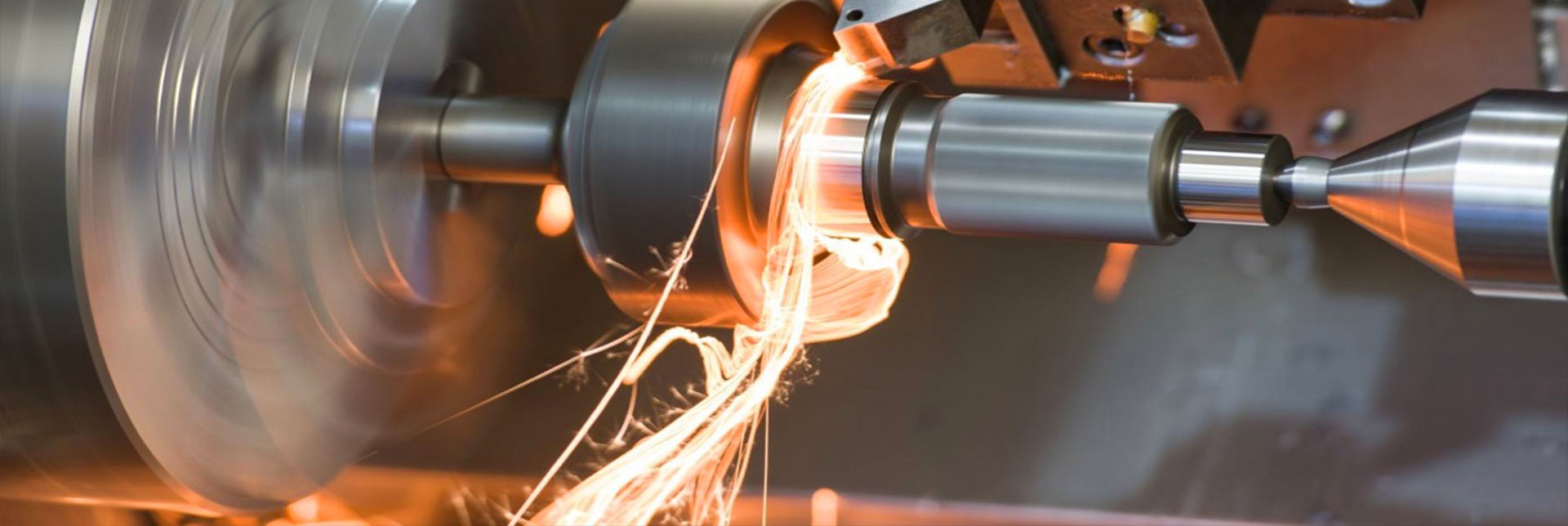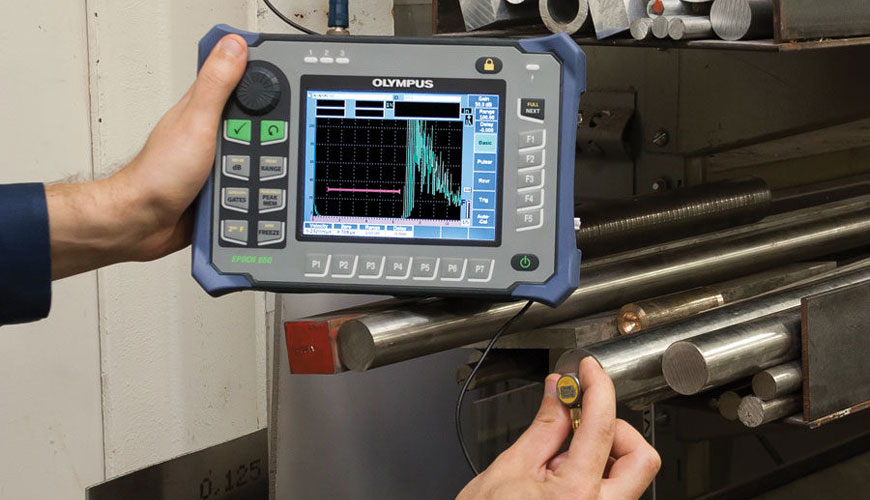

EUROLAB laboratory provides testing and compliance services within the scope of DIN 50100 standard. The DIN 50100 standard specifies the requirements for load-controlled fatigue testing used to determine characteristic values that describe the behavior of metallic materials and components under cyclic loading at constant amplitudes (Wöhler test).

This standard includes test procedure, test evaluation, and documentation for load-controlled tests in the high-cycle fatigue and long-life fatigue regime from 104 to 107 cycles. Beyond the experimentally documented range of SN curves (or Wöhler curves, ge: Wöhlerlinien) is beyond the scope of this standard, especially for type III SN curves. This standard provides an SN curve with a 50% probability of error, as well as SN curves with an error probability of 10% to 90%.
This standard uses only the log-normal distribution for the evaluation of test results. This standard does not cover strain or shear controlled tests (low-cycle fatigue or LCF).
The fatigue test serves to determine fatigue strength and fatigue strength for tensile, compression, bending and torsional loads. Particularly when it comes to components, weak points can be identified through fatigue testing and eliminated by changes in structure or material. Short-term strength is not taken into account in the fatigue test. It is examined in a low cycle fatigue test.
In the fatigue test, the load amplitude and the average load are constant during the one-step vibration test. Depending on the magnitude of the load amplitude, it can be applied with different frequency before failure of the sample occurs.
The fatigue strength and fatigue strength of materials or components are determined in the fatigue test. For this purpose, several samples are loaded cyclically. The Wöhler test is performed until a certain defect (fracture, cracking) occurs in the sample. In the Wöhler test, a series of oscillations (limit number of cycles) is determined. If a sample reaches the limit number of cycles without any visible failure, it is rated as fatigue resistant or as a run.
Different testers can be used to establish the required load amplitude for fatigue testing. Changes in the hardness of the sample or test setup should be able to be compensated for by the tester.
Among the services provided by our organization within the framework of material testing services, there are also DIN 50100 standard tests. Do not hesitate to contact our laboratory EUROLAB for your testing and certification requests.
To get an appointment, to get more detailed information or to request an evaluation, you can ask us to fill in our form and reach you.